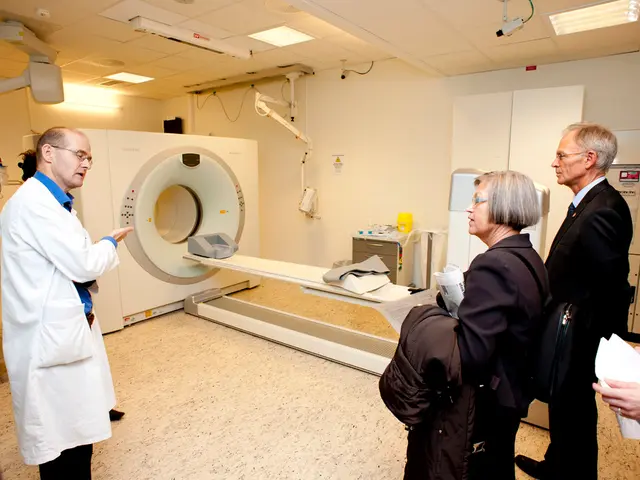Regenerative Medicine and Stem Cells: Unfulfilled Promises or Genuine Prospects?
Championing the Frontier of Regenerative Medicine: A Recap
Dive into the transformative field of regenerative medicine, where cells, biomaterials, and molecules work together to mend ailing structures in our bodies, tackling the root causes of diseases rather than just their symptoms. Let's unravel the enticing promise and enduring hurdles in this rapidly evolving field.
The Allure of Regenerative Medicine: Dream or Reality?
Imagine a world without daily insulin injections for people with type 1 diabetes. Instead, a healing of the islets of Langerhans, enabling those affected to produce insulin naturally. This is the tantalizing prospect of regenerative medicine, though it remains elusive for many conditions.
Progress seems to be slow, yet the potential of regenerative medicine to reduce the burden of various ailments is undeniable, such as stroke, heart disease, and trauma. Furthermore, it could substantially improve the quality of life for those battling chronic illnesses. But what's halting the groundbreaking advancements in medical practice?
From Labs to Clinics: A Long and Arduous Journey
The path from research to medical practice is a daunting one, laden with obstacles. Strict health authority regulations, high costs, and complex manufacturing processes are just a few of the hurdles that must be surmounted for a regenerative therapy to become a reality.
Moreover, many costly regenerative therapies require specialized production facilities and highly skilled staff, posing affordability issues with stretched health budgets worldwide. Striking a balance between feasibility and clinical effectiveness is essential for widespread implementation.
Cashing in on Desperation: Exploitation or Progress?
Unfortunately, the wave of regenerative medicine enthusiasm has not been void of controversy. Some firms are capitalizing on patients' despair by offering unproven therapies, often hard on the wallet. The FDA and similar authorities are cracking down on such practices, emphasizing the importance of rigorous testing and ethical standards for healthcare providers.
The Promise of a Better Tomorrow
While many challenges remain unsolved, the future of regenerative medicine looks promising. Research continues to push boundaries, from stem cell and gene therapies to rapid advances in manufacturing methods. With collaborative efforts, improvements in financing, and sustained progress in regulation, the world stands on the cusp of unlocking the full potential of regenerative medicine.
The vision is simple: harness the power of cells and biomaterials to heal diseases and injuries, benefiting not only the patient but society as a whole. It's a daunting task, but one that the global community is ready and willing to tackle head-on.
- In the field of regenerative medicine, the goal is to develop stem cell and gene therapies that can heal the islets of Langerhans in people with type 1 diabetes, allowing them to produce insulin naturally, which could drastically reduce the burden of the disease.
- The expansion of regenerative medicine holds the potential to treatment for conditions such as stroke, heart disease, and trauma, potentially improving the quality of life for those with chronic illnesses.
- The journey from laboratory research to clinical implementation is lengthy, fraught with obstacles such as stringent health authority regulations, high costs, and complex manufacturing processes.
- There is controversy in the regenerative medicine industry as some firms exploit patients' desperation by offering unproven therapies, a practice the FDA and similar authorities are working to prevent through rigorous testing and ethical standards.








